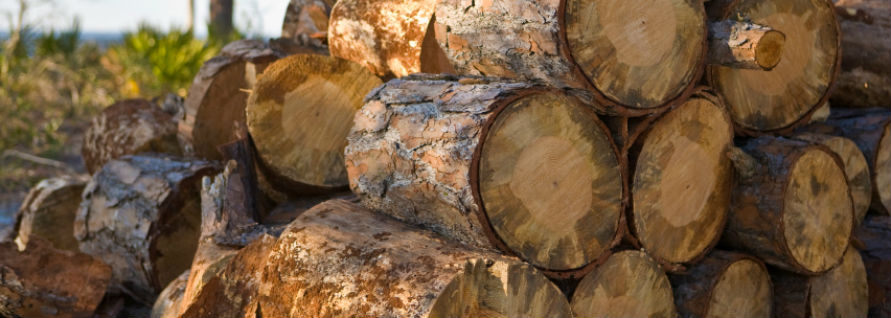From buying it to burning it, knowing a few things about firewood can greatly help the productivity of your wood stove, fireplace and fire pit this year. Here are some tips from the Wood Heat Organization to help you prepare.
What Makes for Good Firewood?
When determining which types of firewood burn better, it’s important to remember some high school chemistry and the fact that all trees, no matter their species, are made of pretty much the same chemicals. What affects the quality of firewood, though, is density and moisture content.
Woods that are harder or denser, like oak, hickory and ash, typically burn longer and produce hotter coals. And, a low moisture count (using wood that’s dried properly, or “seasoned”) means you’ll burn your fuel with better efficiency and potentially avoid overly smoky fires or excessive tar buildup in your chimney.
Of course, many hardwoods are rare, protected or difficult to come by in certain regions. When comparing available types of firewood to purchase, just keep in mind that hickory, oak and maple burn longer and hotter, making them great choices for winter’s coldest months. In contrast, poplar, pine and spruce burn more quickly and make for better fall and spring woods because, according to the Wood Heat Organization, they make heat control easier and don’t overheat the area. This may be a good option for outdoor fire pits as well.
Talk to neighbors with similar stoves and homes to find out how much wood they burn over a season. And ask for recommendations on reliable suppliers of wood.
What Is a Cord of Wood?
According to the Wood Heat Organization, the official measurement for wood is called a “cord.” A “full” cord is an 8-foot-long stack that’s 4 feet tall and 4 feet wide, but since 4-foot pieces aren’t typically what people use in the fireplace or wood stove, firewood is rarely sold in that size, which can make purchasing firewood tricky, adds the Wood Heat Organization.
Adding to the confusion are the various terms like “face” cord and “furnace” cord that are sometimes used to describe a variation of a full cord (where the piece lengths are shorter than 4 feet).
Of course, stocking up on firewood can be an investment, so you want to understand exactly how much wood you’re getting and how to compare various prices. The Wood Heat Organization offers a formula to help you do that, and suggests avoiding wood that’s not a variation of a full cord like one-half cord, one-third cord or one-fourth cord.
How Do You Stack and Dry Firewood?
When your wood is delivered, have pallets, railroad ties or even a do-it-yourself firewood rack ready to stack the wood on and get it off the ground. Wood left on the ground in a disorganized pile won’t get enough air-flow to dry sufficiently. To properly dry your wood — what’s called “seasoning” — the Wood Heat Organization says to select a place where the sun can warm the wood and wind can blow through it.
Cross the wood in alternating patterns per level as you stack it. Take your time to pick good, level pieces as you approach a corner or endpoint. This crisscrossing technique allows for both more stable woodpiles and free movement of air.
By leaving the wood to dry for at least one summer season, or a total of at least six months, you can likely achieve the 15 to 20 percent desired moisture level that the Wood Heat Organization says is ideal for firewood. (That may vary depending on your specific conditions and the species of wood you’ve chosen.) A good sight check is to look for crack marks at the ends of seasoned logs. Of course, all this might mean buying wood now for use next fall.
How Do You Store Firewood?
Typically, most people don’t like tramping through the snow late at night for firewood. Nor do they like bugs or rodents in their homes from wood left piled up indoors. That’s why a woodshed can be quite convenient.
Today, it’s any covered space in your backyard that’s roughly 30 feet away from your home, says Cornell Cooperative Extension of Rensselaer County. While it’s fine to have some wood in the house ready to burn, it’s more suitable to keep your seasoned firewood in a woodshed or covered wood pile, says the Wood Heat Organization. There are even building plans available for woodsheds that are as creative and stylish as they are solid and dry.
Wishing you a winter’s worth of warmth, and hope you follow bestburn practices. Just remember to keep a well-maintained stove and chimney to help maximize savings, safety and efficiency.
This article was originally published on The Allstate Blog.

